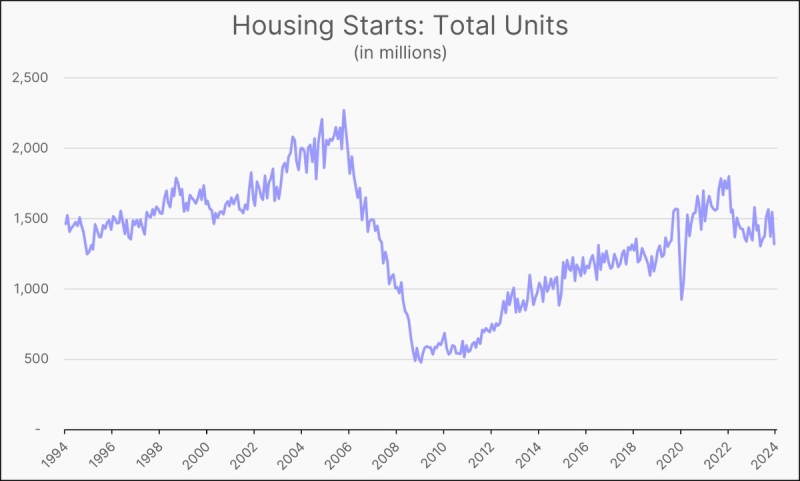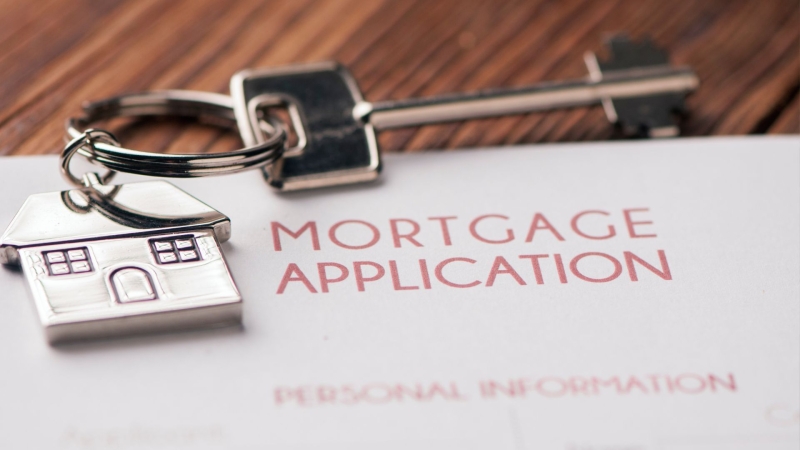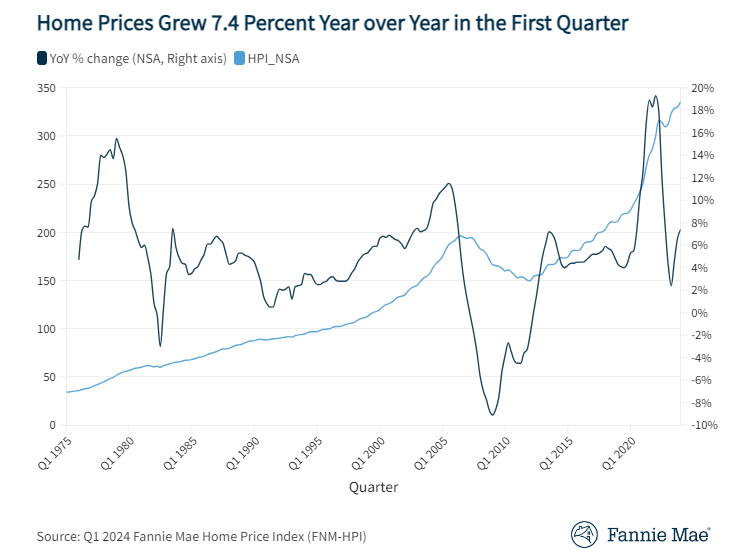Overcoming Challenges in Valuation of Green Residential Properties

Along with location, design and price, homebuyers are increasingly ranking energy efficiency as one of the most desirable features in a new property. In a 2015 National Association of Home Builders’ (NAHB) nationwide survey of homebuyers, energy efficiency placed second on the list of top influencers in a home purchase decision; it followed a “safe community.” Rounding out the list were: low maintenance, lower operating costs and durable/resilient.
Studies also indicate that potential homebuyers are willing to pay more for green construction. A 2014 study by the U.S. Department of Energy’s Lawrence Berkeley National Laboratory found that homebuyers have been consistently willing to pay more for homes with host-owned solar photovoltaic energy systems.
As consumer demand for green, also known as “high-performance,” homes continues to increase, the valuation of such homes is lagging behind the trend. Multiple listing services are making major improvements on adding green fields to their databases. MLS organizations owned and operated by local Realtor associations, for example, since June 2009 have been mandated to comply with the Real Estate Transaction Standards and to implement the standard’s new versions within one year.
However, there is currently no central repository for green data. In a quickly developing field, it can be difficult for appraisers to access the information they need to stay ahead of market developments.
There is a disconnect between lenders’ expectations about valuing green features, and the tools, techniques and requirements appraisers use when generating credible, reliable opinions of value for such properties. However, organizations like the Appraisal Institute are taking steps to make the connection that could benefit all real estate professions.
Green built vs. conventionally built
The concept of “green,” particularly when it comes to housing, has many definitions, creating difficulty in the marketplace. This rapidly growing and changing field can cause confusion among homeowners, lenders and appraisers on what “green” means, and how to potentially get its maximum value during a purchase or sale.
A more descriptive term, and one that’s used by the U.S. Environmental Protection Agency (EPA), is “high-performance.” Calling a house high-performance sets it apart from conventionally built homes. It’s important for lenders and appraisers to know the difference.
While energy-efficient features are aspects of a high-performance structure, their presence doesn’t automatically turn a conventionally built house into a green one. A house with energy-saving appliances, for example, doesn’t meet the definition for green. To be a high-performance property, it needs to meet minimum requirements in these six categories:
 ►Site;
►Site;
►Water efficiency;
►Energy efficiency;
►Indoor air quality;
►Materials; and
►Operations and maintenance.
Need for more data
Lenders, sellers and buyers all benefit when appraisers generate credible opinions of value. Information is the lifeblood of the valuation profession. Only with sufficient data are appraisers able to perform the analysis necessary to provide those value opinions. In many cases, data on sustainable development and on buildings’ green enhancement either is non-existent or is not shared with appraisers.
In an article appearing in The Appraisal Journal, Sandra K. Adomatis, SRA, wrote that some appraisers have reported that lending institution representatives have told them to ignore green features and value green properties as if they were traditionally built.
Professional associations like The Appraisal Institute have been working on ways that will make sharing green information easier and more complete for all parties involved in real estate transactions. One example is the document “Appraised Value & Energy Efficiency: Getting It Right” which was released in November 2015 by the Appraisal Institute and the Building Codes Assistance Project. This two-page document provides important information to borrowers and lenders of homes that have green or energy-efficient features. The guide includes ways builders can help the buyer assure a competent appraiser is selected. It also assists buyers in learning about the loan and appraisal process, and working with the lender.
Another tool is the Appraisal Institute’s “Residential Green and Energy-Efficient Addendum.” Lenders can provide this document to appraisers to assist in the valuation of high-performance homes. This addendum was the first form of its kind intended for appraisers’ use. It’s an optional addendum to Fannie Mae Form 1004, the appraisal profession’s most widely used form for mortgage lending purposes that allows appraisers to identify and describe a home’s green features, from solar panels to energy-saving appliances.
Evaluating competency
With the increasing popularity of green features, it’s likely that an appraiser eventually will be called upon to value a high-performance house. This makes it more important than ever for lenders to provide borrowers with appropriately trained appraisers who will be able to produce credible opinions of value.
It is the responsibility of the lender to hire a competent appraiser for the property type. Contrary to some misconceptions, lenders—as well as builders, borrowers and real estate agents—have a right to request a competent appraiser who has taken green valuation education, and has experience in this property type.
The future
The Appraisal Institute believes that the real estate community should collaborate to ensure that green homes are reliably valued. To meet this goal, the association is participating in several initiatives and partnerships.
In January 2016, AI and the Residential Energy Services Network signed a cooperation agreement agreeing to work together to present education programs on real estate valuation topics and building energy efficient rating and certification systems to appraisers, builders, developers and other interested individuals. AI and RESNET also agreed to cooperate in research and studies on topics of interest to both organizations.
Also, in June 2015, AI joined with the U.S. Department of Energy’s Better Building Accelerator, which will convene leaders to focus on key solutions to expanding energy efficiency in the residential sector. The Better Buildings Home Energy Information Accelerator supports the President Obama’s Climate Action Plan with a goal to accelerate investment in home energy efficiency improvement projects across the country, according to the Energy Department.
Green technology is an exciting segment of the residential marketplace, representing a rapidly growing area of the real estate market. All real estate transactions require credible opinions of value which required as much data as possible. Lenders and appraisers should learn more about this rapidly evolving field to best serve the growing numbers of energy-conscious consumers.

Scott Robinson, MAI, SRA, AI-GRS, is 2016 president of the Appraisal Institute, the nation’s largest professional association of real estate appraisers, with nearly 20,000 professionals in almost 60 countries throughout the world.
This article originally appeared in the May 2016 print edition of National Mortgage Professional Magazine.





